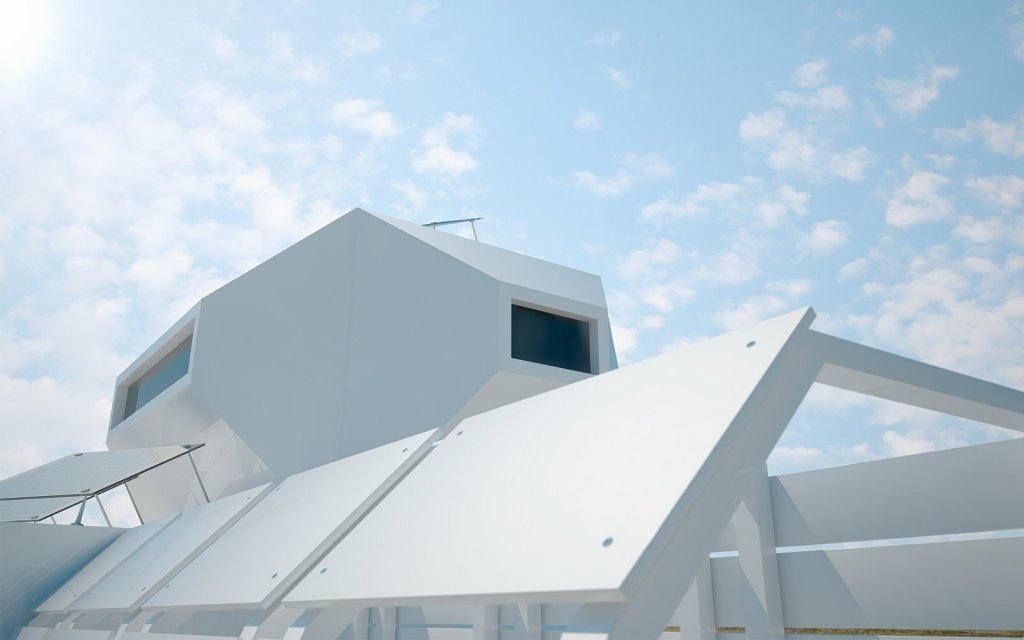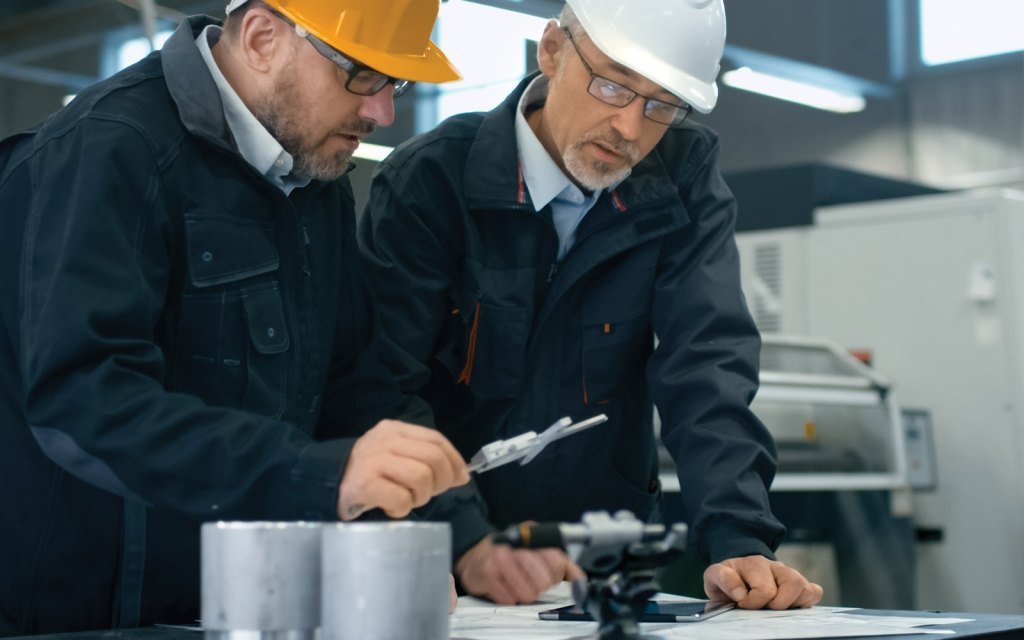About us
Located on the Balearic Islands, our company team of skilful and motivated architects, engineers and craftsmen are dedicated to the introduction of innovative and high quality modular houses and buildings to the area. Each and every of our clients can benefit from the services, which invariably include:
Innovation and Ingenuity
The construction method we employ, allows us to provide a fully engineered home which is durable and seismic resistant, comfortable and energy-efficient and at the same time much more affordable, especially when compared to traditional /brick and concrete/ buildings. We are using the latest technologies in the modular constructions to assure that the final product meet the criteria for quality and intelligence.
Quality and Durability
As specialists in Steel & YTONG constructions and SIP panel houses we use the latest in CAD/CAM design and manufacturing in order to ensure the utmost precision in construction. However, the best quality requires the best in technology and materials available. We have combined the sturdy, resistant and highly durable steel structure of our houses with premium materials like insulation, facade systems, drywall boards and plasters, electrical, plumbing and HVAC components supplied only by Europe’s leading producers.
Smooth building process
The modular technology is key for obtaining seamless quality and precision with prefabrication leaving no room for error either at the design or manufacturing stage. However, building modular is also a stress-free construction process with minimum time spent on-site, accurate timing and, last but not least, fixed price.
All in one package
We take care for the construction of your home as the core of our services but this is by far not the only support we provide to our clients. Professional aid and consultancy at the design stage, working with the local authorities and providing comprehensive after-sale services is what makes our complete services stand out from the competition in the construction sector.
CURRENT PROJECTS
Construction of individually designed houses at affordable price in less time and less stress
Our Partners
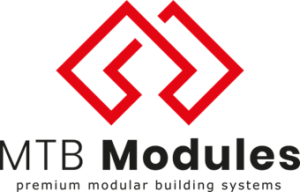
◊ PREMIUM MODULAR BUILDING ◊

◊ LUXURY AT ITS BEST ◊

◊ DESIGN YOUR LIFE ◊

◊ THE FUTURE OF LIVING ◊

◊ WE LISTEN ◊

◊ WE LISTEN ◊

◊ INSPIRE TO BUY ◊

◊ WE’LL FIND THE HOME OF YOUR DREAMS ◊

◊ YOUR HOME IS YOUR FAMILY’S HEARTBEAT ◊

◊ EXCEEDING QUALITY ◊
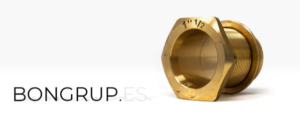
◊ WE CARE FOR YOUR HOME ◊

◊ YOUR TRUSTED EXPERT ◊
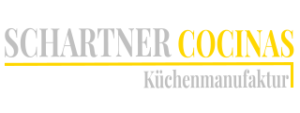
◊ PREMIUM KITCHENS MALLORCA ◊

